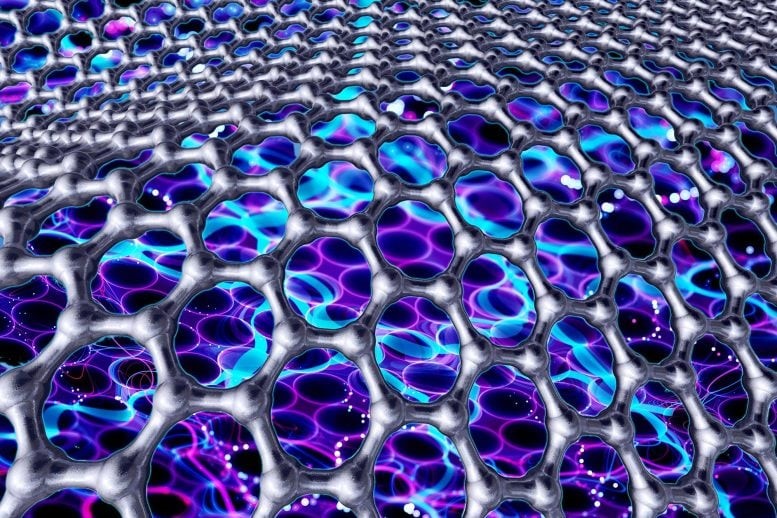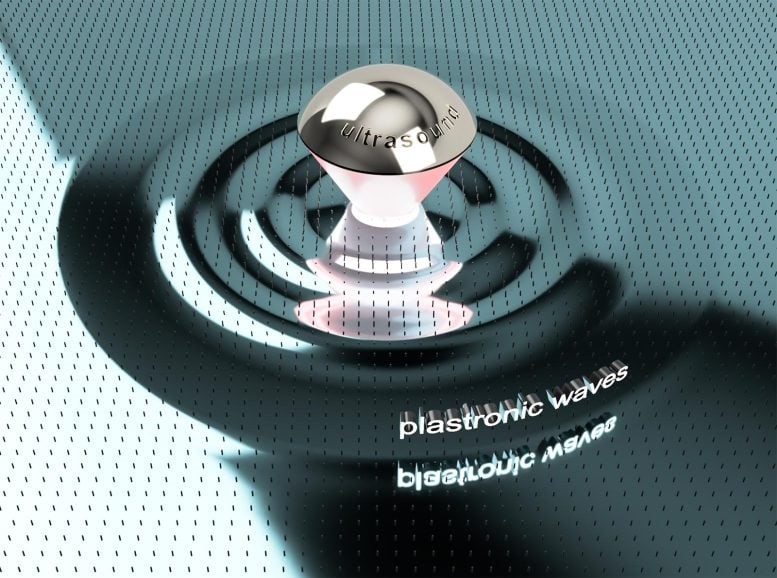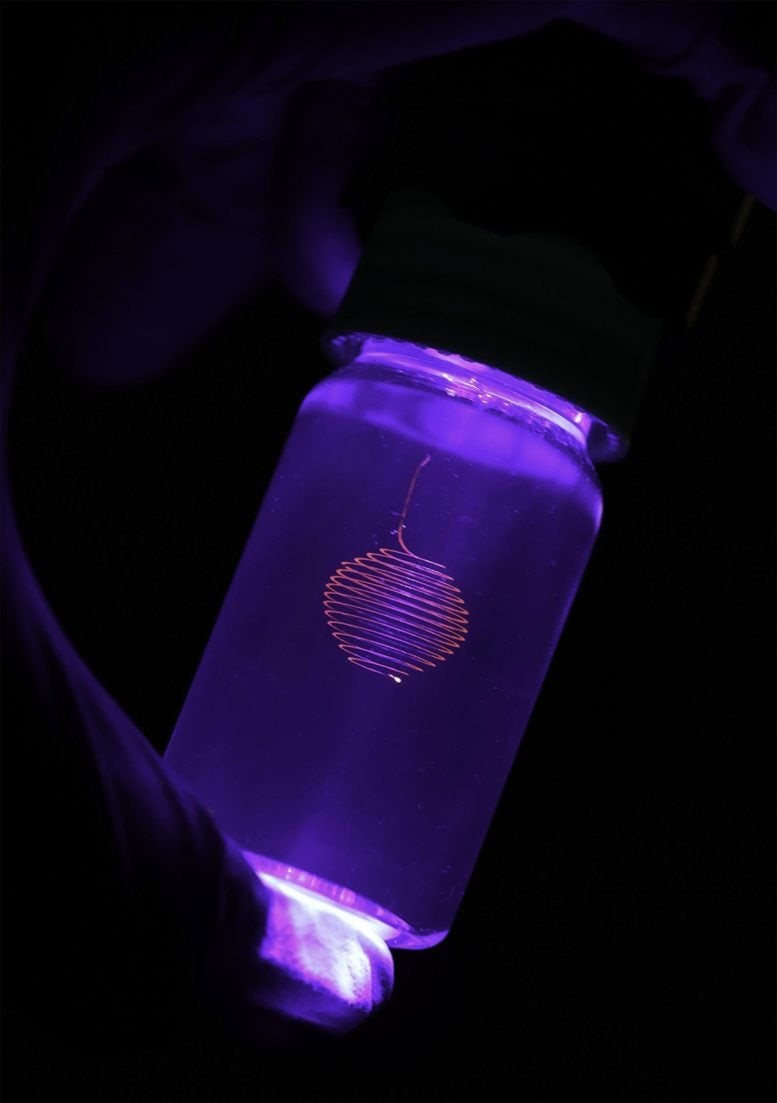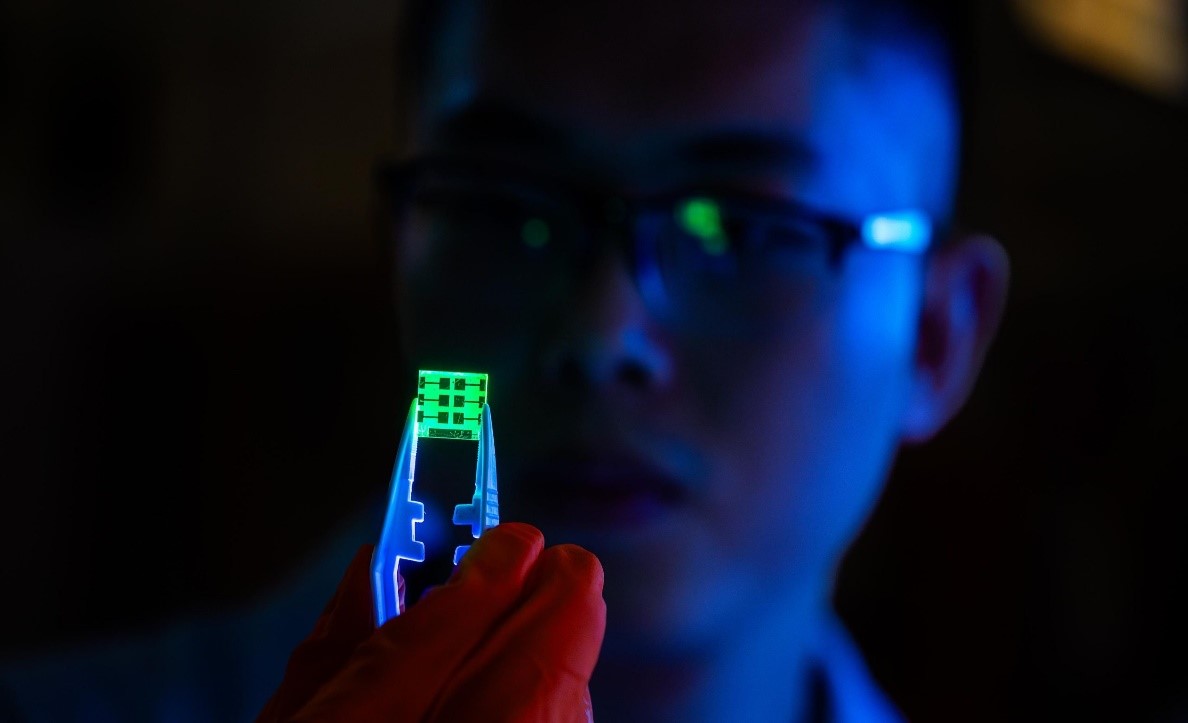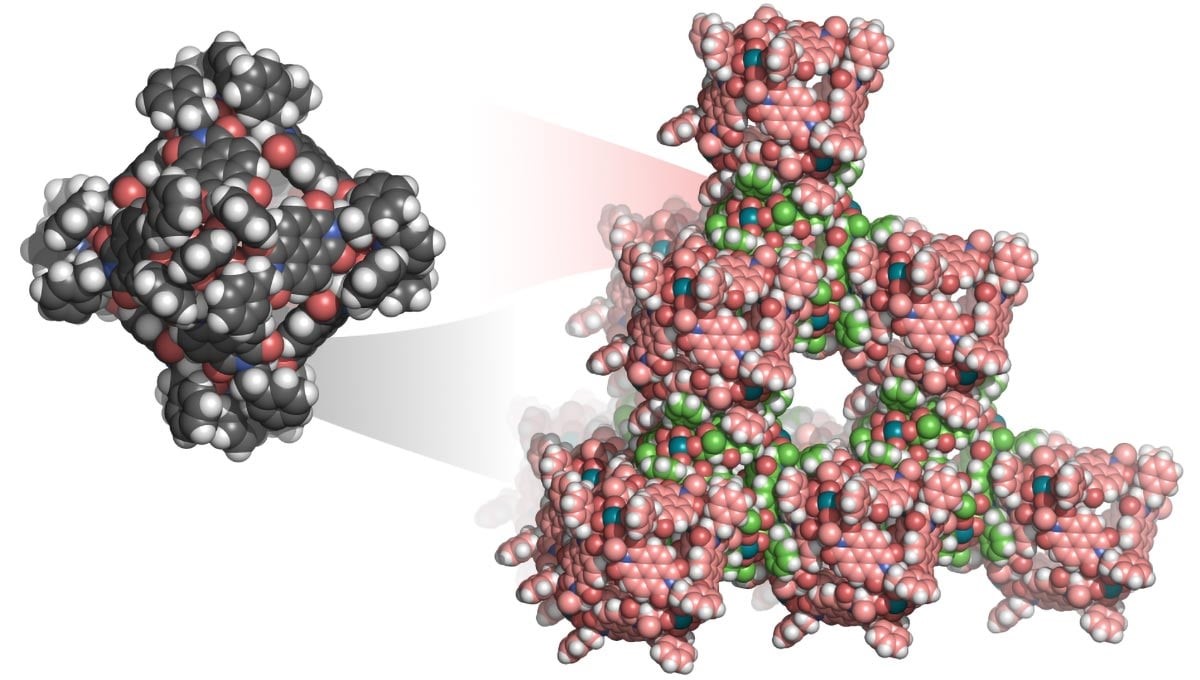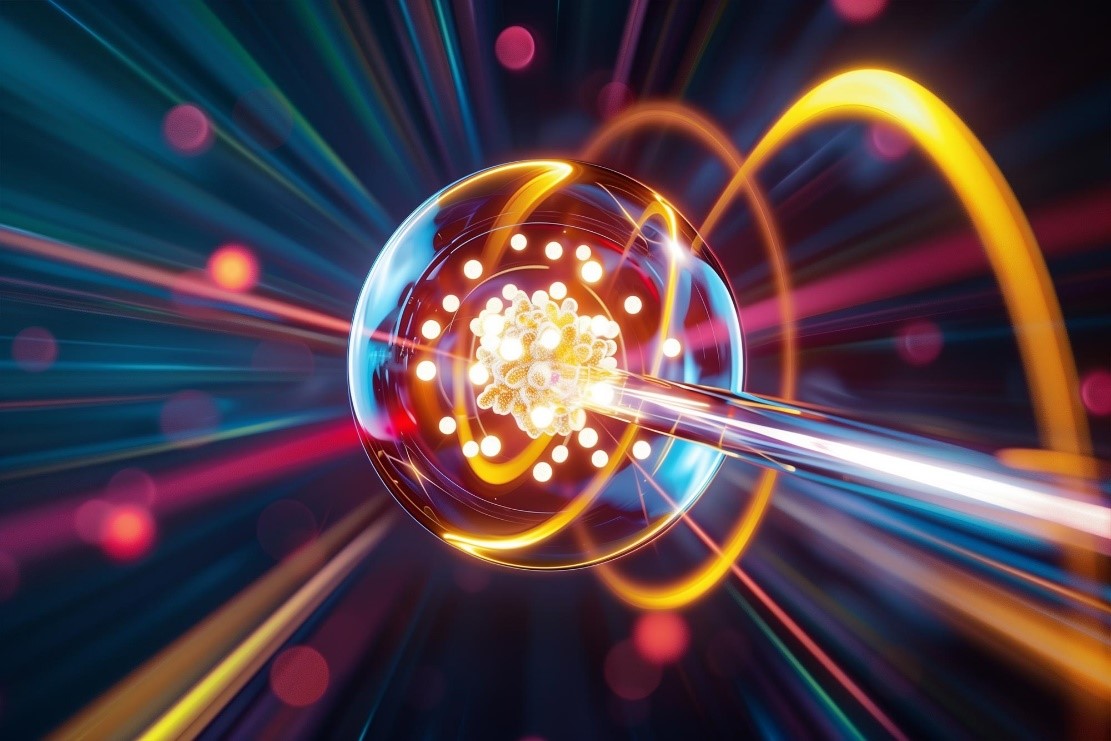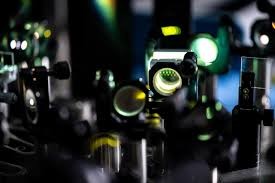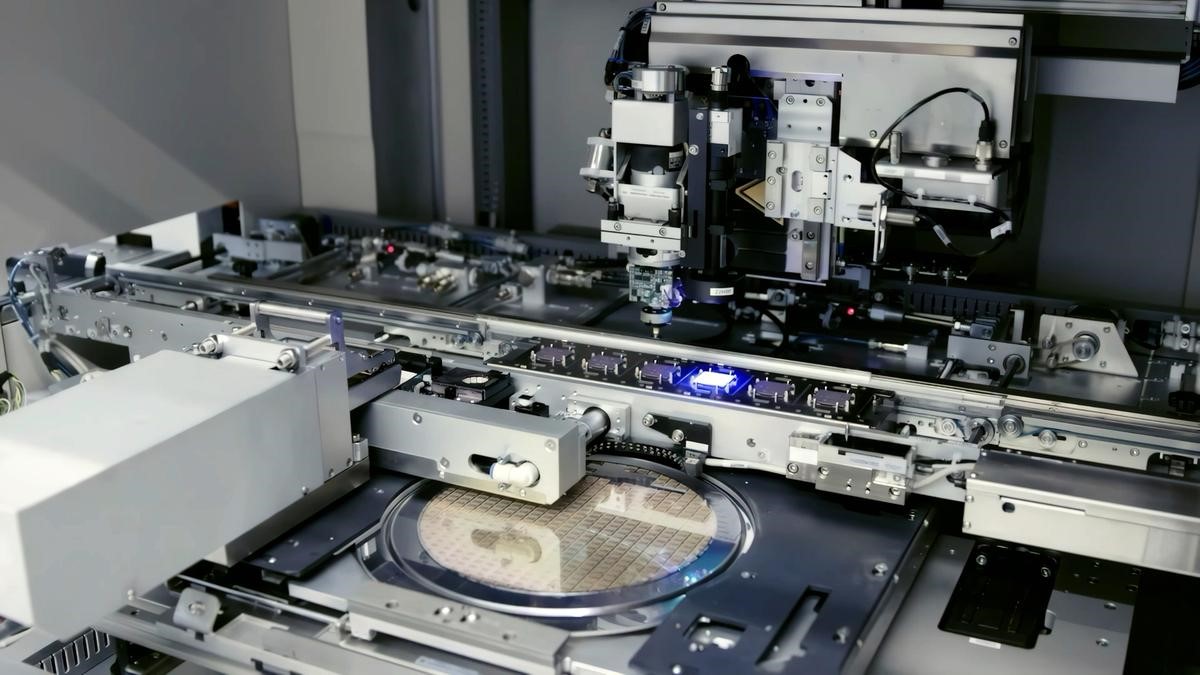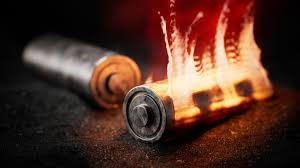U.S. Researchers Challenge A 60-Year-Old Theory of Electricity with A Groundbreaking Discovery in ‘Strange Metals
Accurate measurements were essential to minimize interference from atomic lattice vibrations.Researchers suggest that in certain "strange metals," electrons lose their identities, blending into a uniform "quantum soup."This breakthrough challenges the long-standing 60-year-old theory of electrical conductivity.
Through precise "shot noise" measurements, the findings indicate that electricity in these materials is not transported by distinct charges as previously believed.
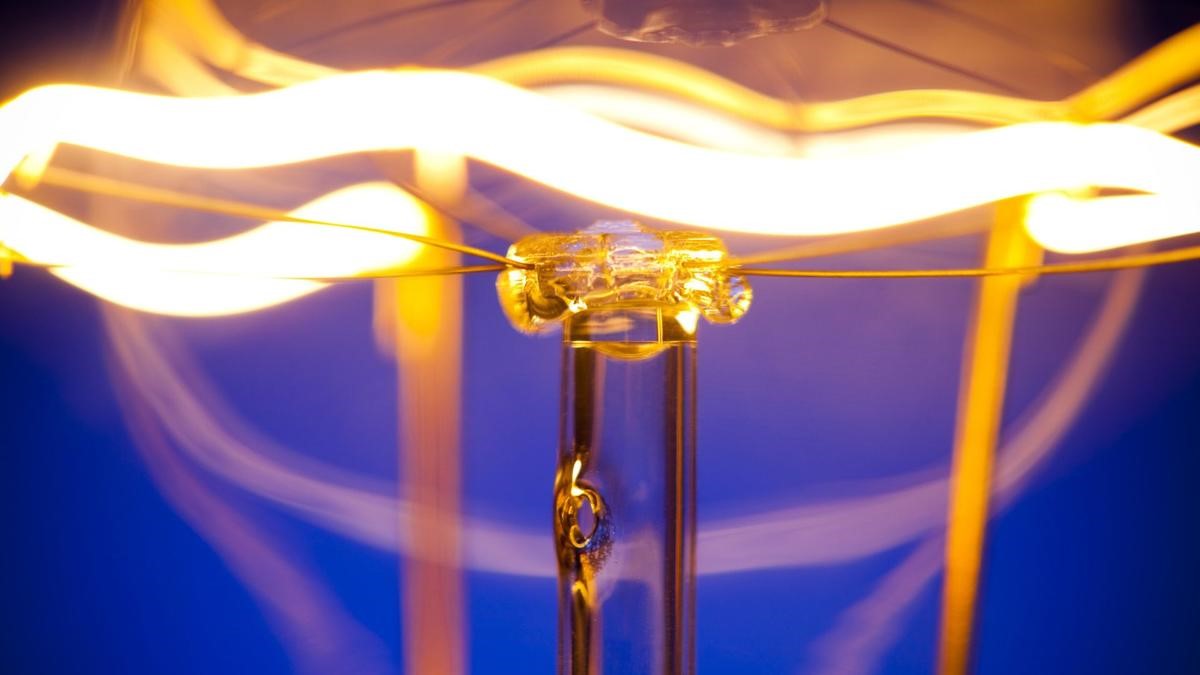
Figure 1.The findings challenge the theory of discrete electron quasiparticle conductivity.
Challenges to the Fermi Liquid Theory
For more than 60 years, the "Fermi liquid" theory has served as the foundation for understanding how electricity flows in metals."The Fermi liquid model of electrical transport is one of the fundamental achievements of condensed matter physics—the study of solid materials," the researchers stated in a press release.Figure 1 shows The findings challenge the theory of discrete electron quasiparticle conductivity.
According to this theory, electrons, despite their mutual repulsion, move in groups known as quasiparticles, effectively carrying discrete electrical charges [1]."Surprisingly, many newly discovered conductors, referred to as ‘strange metals,’ do not conform to this model," the press release continued.
"In these materials, electricity is not transported by discrete charges but by an entirely different mechanism!" A key feature of strange metals is their unusual resistance behavior. Unlike conventional metals, where resistance increases quadratically with temperature at low temperatures, strange metals exhibit a linear relationship between resistance and temperature.
Utilizing the Shot Noise Measurement Technique
To investigate this anomaly, scientists applied a technique called shot noise measurement. Shot noise detects random fluctuations in an electrical current, providing insight into the discrete nature of charge carriers."It’s similar to raindrops falling on a roof—each drop lands at a different time, creating distinct fluctuations," the researchers explained.
"In such a scenario, the shot noise is high."However, in the strange metal YbRh₂Si₂, shot noise was found to be nearly zero, indicating a continuous, featureless flow rather than the movement of individual charge carriers."It’s as if electrons lose their individuality and merge into a quantum soup," the researchers described.
This discovery challenges the conventional belief that electricity is carried by discrete electron quasiparticles, suggesting an entirely new mechanism at play in strange metals [2].The experiment demanded exceptional precision, as atomic lattice vibrations in the metal could mask shot noise measurements. To overcome this, researchers engineered nanoscale wires small enough for electrons to travel through them faster than the lattice vibrations could interfere. This enabled a clear observation of the absence of quasiparticles in YbRh₂Si₂.
References
- https://interestingengineering.com/science/us-scientists-find-strange-metals
- https://www.msn.com/en-us/news/technology/us-researchers-challenge-60-year-old-electricity-theory-with-strange-metals-discovery/ar-AA1Bu2M2?item=flightsprg-tipsubsc-v1aseason=2024/
Cite this article:
Keerthana S (2025), U.S. Researchers Challenge A 60-Year-Old Theory of Electricity with A Groundbreaking Discovery in ‘Strange Metals, AnaTechMaz, pp. 147




